
What Are Corporate Grants for Nonprofits? Guide + Examples
Securing funding is a top priority for charitable organizations,…
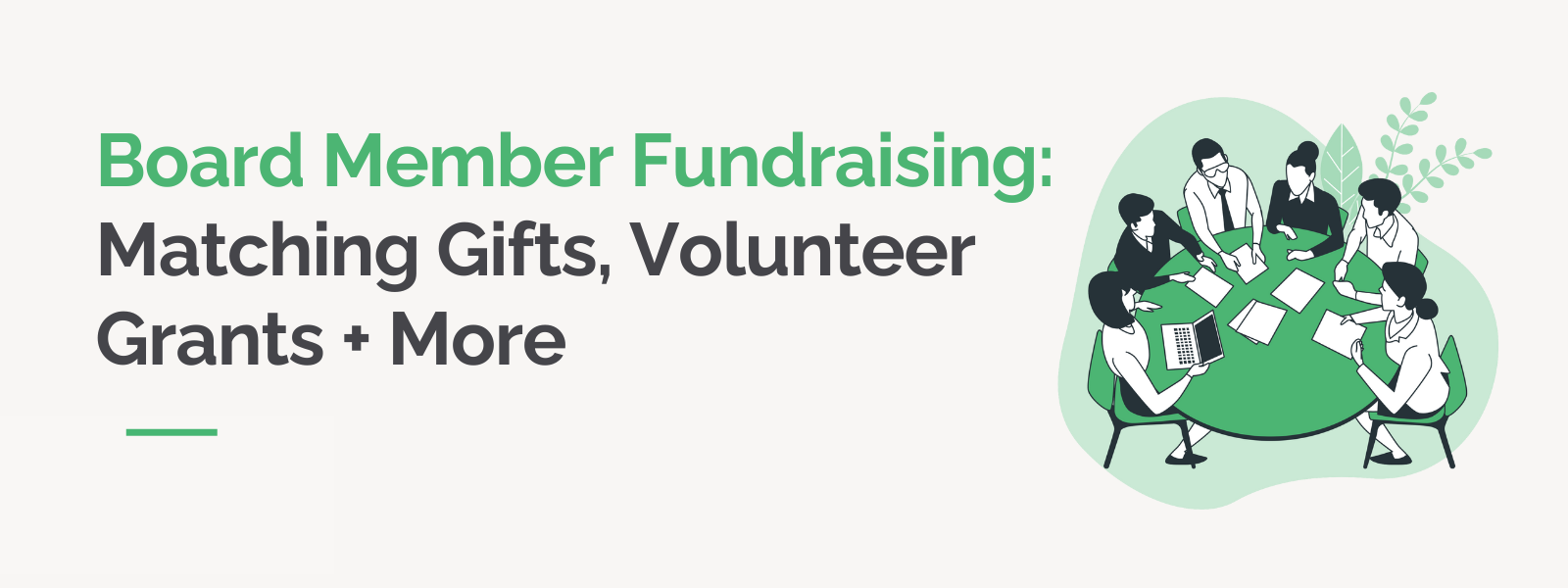
Board Member Fundraising: Matching Gifts, Volunteer Grants
A well-established board of directors can play a critical role…
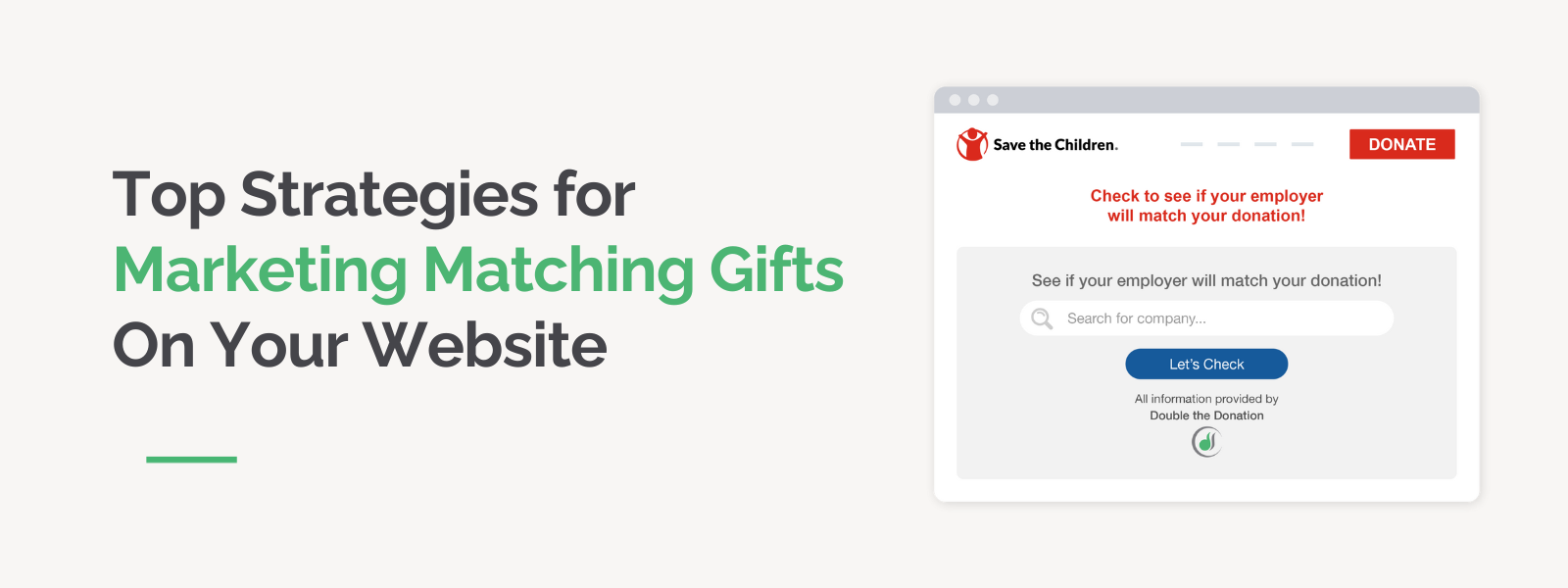
Top Strategies for Marketing Matching Gifts On Your Website
Your nonprofit website is likely the number one place where donors…
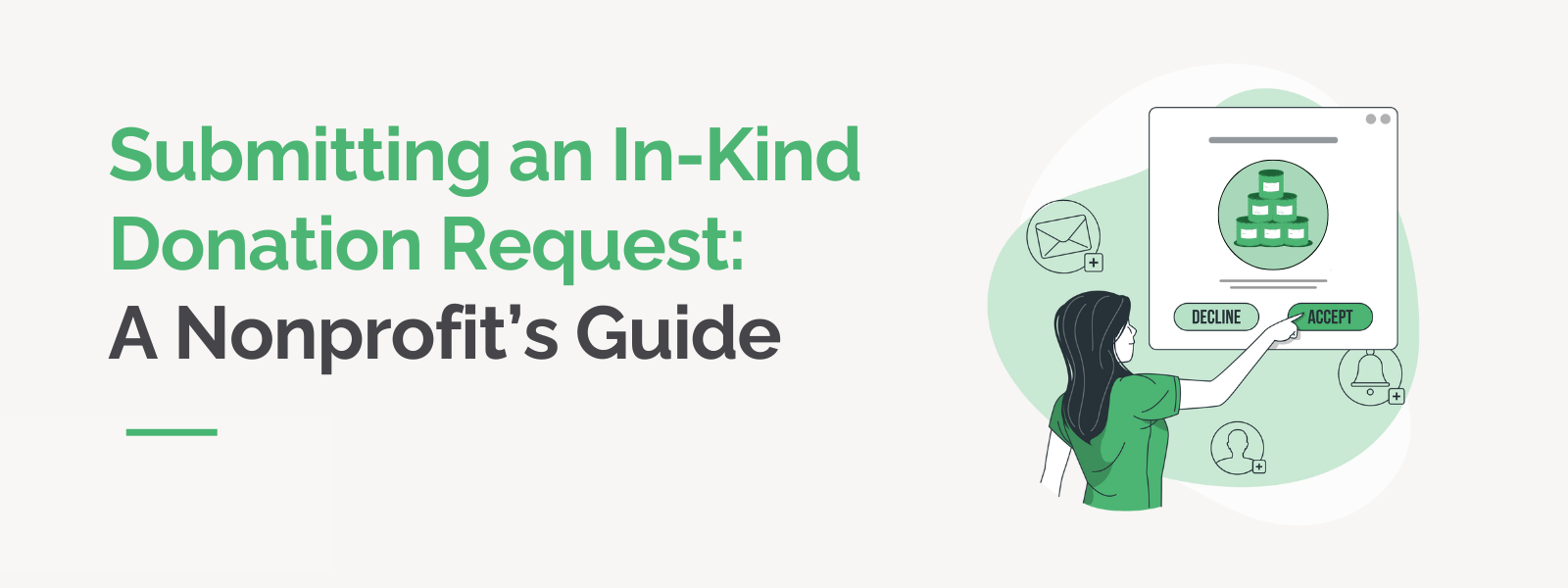 https://doublethedonation.com/wp-content/uploads/2025/01/DTD_Submitting-an-In-Kind-Donation-Request-A-Nonprofits-Guide_Feature.png
600
1600
Adam Weinger
https://doublethedonation.com/wp-content/uploads/2025/11/DTD-horizontal-logo-300x63.png
Adam Weinger2025-01-07 17:49:412025-06-05 15:34:54Submitting an In-Kind Donation Request: A Nonprofit’s Guide
https://doublethedonation.com/wp-content/uploads/2025/01/DTD_Submitting-an-In-Kind-Donation-Request-A-Nonprofits-Guide_Feature.png
600
1600
Adam Weinger
https://doublethedonation.com/wp-content/uploads/2025/11/DTD-horizontal-logo-300x63.png
Adam Weinger2025-01-07 17:49:412025-06-05 15:34:54Submitting an In-Kind Donation Request: A Nonprofit’s Guide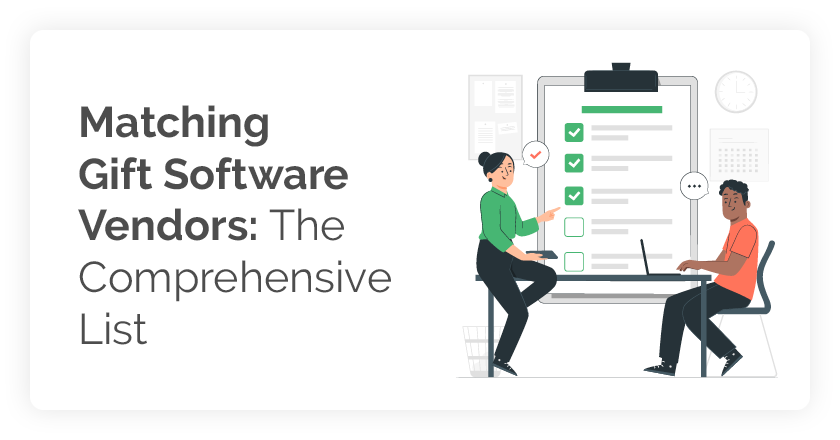
Matching Gift Software Vendors: The Comprehensive List
Whether your company is managing a corporate giving program or…
 https://doublethedonation.com/wp-content/uploads/2022/05/DTD_Marketing-Matching-Gifts-In-Your-Donation-Process_Feature-2.png
600
1600
Julia Beltran
https://doublethedonation.com/wp-content/uploads/2025/11/DTD-horizontal-logo-300x63.png
Julia Beltran2025-01-06 18:58:312025-11-24 06:44:11Marketing Matching Gifts in the Donation Process
https://doublethedonation.com/wp-content/uploads/2022/05/DTD_Marketing-Matching-Gifts-In-Your-Donation-Process_Feature-2.png
600
1600
Julia Beltran
https://doublethedonation.com/wp-content/uploads/2025/11/DTD-horizontal-logo-300x63.png
Julia Beltran2025-01-06 18:58:312025-11-24 06:44:11Marketing Matching Gifts in the Donation Process
Fundraising Event Software: The Ultimate Buyer’s Guide
It takes a lot to plan and execute a nonprofit event. From getting…
![How to Find Grants for Nonprofits [Quickly & Easily!]](https://doublethedonation.com/wp-content/uploads/2025/01/DTD_How-to-Find-Grants-for-Nonprofits-Quickly-Easily_Feature.png)
How to Find Grants for Nonprofits [Quickly & Easily!]
Securing grants is often a vital part of keeping a nonprofit…
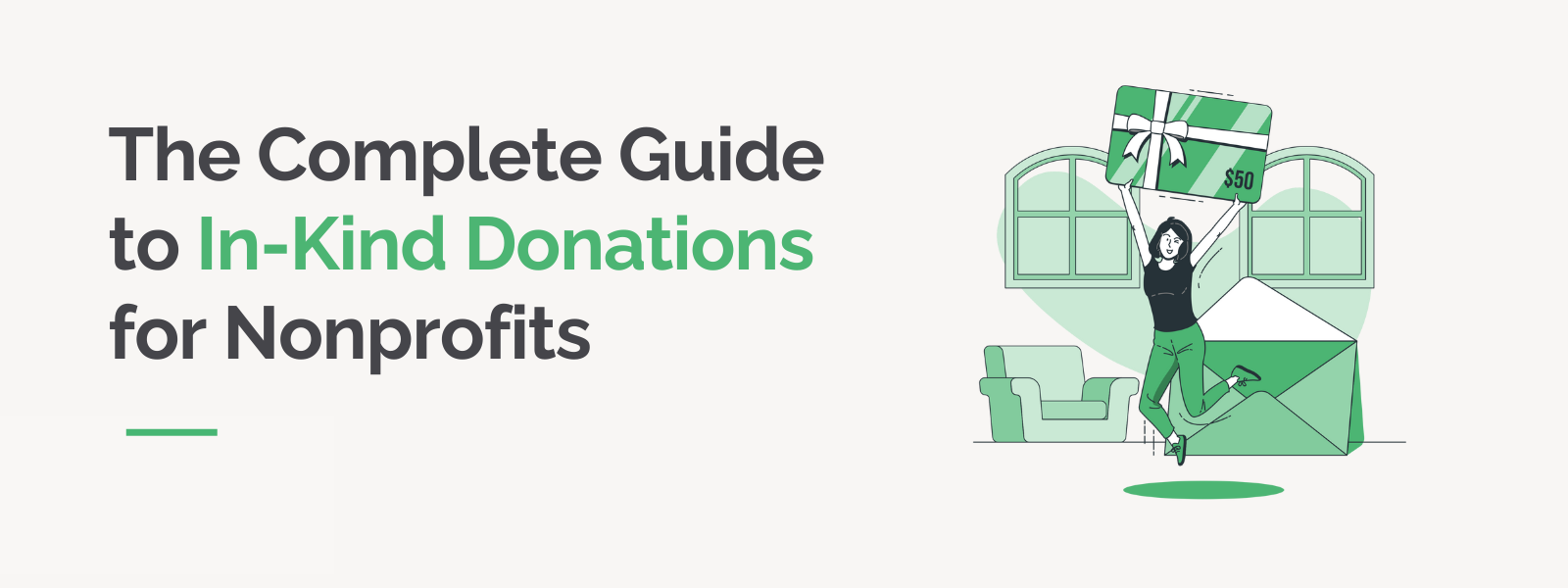 https://doublethedonation.com/wp-content/uploads/2025/01/DTD_The-Complete-Guide-to-In-Kind-Donations-for-Nonprofits_Feature.png
600
1600
Adam Weinger
https://doublethedonation.com/wp-content/uploads/2025/11/DTD-horizontal-logo-300x63.png
Adam Weinger2025-01-02 20:15:022025-06-05 15:28:31The Complete Guide to In-Kind Donations for Nonprofits
https://doublethedonation.com/wp-content/uploads/2025/01/DTD_The-Complete-Guide-to-In-Kind-Donations-for-Nonprofits_Feature.png
600
1600
Adam Weinger
https://doublethedonation.com/wp-content/uploads/2025/11/DTD-horizontal-logo-300x63.png
Adam Weinger2025-01-02 20:15:022025-06-05 15:28:31The Complete Guide to In-Kind Donations for NonprofitsTracking In-Kind Donations for Nonprofits: What to Know
In-kind donations play a vital role in helping nonprofits fulfill…

